According to Lieutenant General, Professor, Dr. Nguyen Xuan Yem - Director of the Institute of Non-Traditional Security (School of Management and Business, Hanoi National University); former Director of the People's Police Academy, restructuring and modernizing the Vietnamese higher education system is not only a professional task, but has become a political and strategic requirement in the new development context of the country. Resolution No. 71 of the Politburo and Resolution 281 of the Government have affirmed the goal: to build an open, flexible, high-quality education system, providing highly qualified human resources, meeting the requirements of industrialization, modernization and international integration.
"After 40 years of innovation, Vietnam's higher education has made strong progress in both scale and quality," Lieutenant General Yem commented, "but the current system is facing an urgent need for comprehensive restructuring — from governance models, training organization to operating methods." He emphasized that without strong innovation, higher education will find it difficult to keep up with the knowledge economy and the fourth industrial revolution.
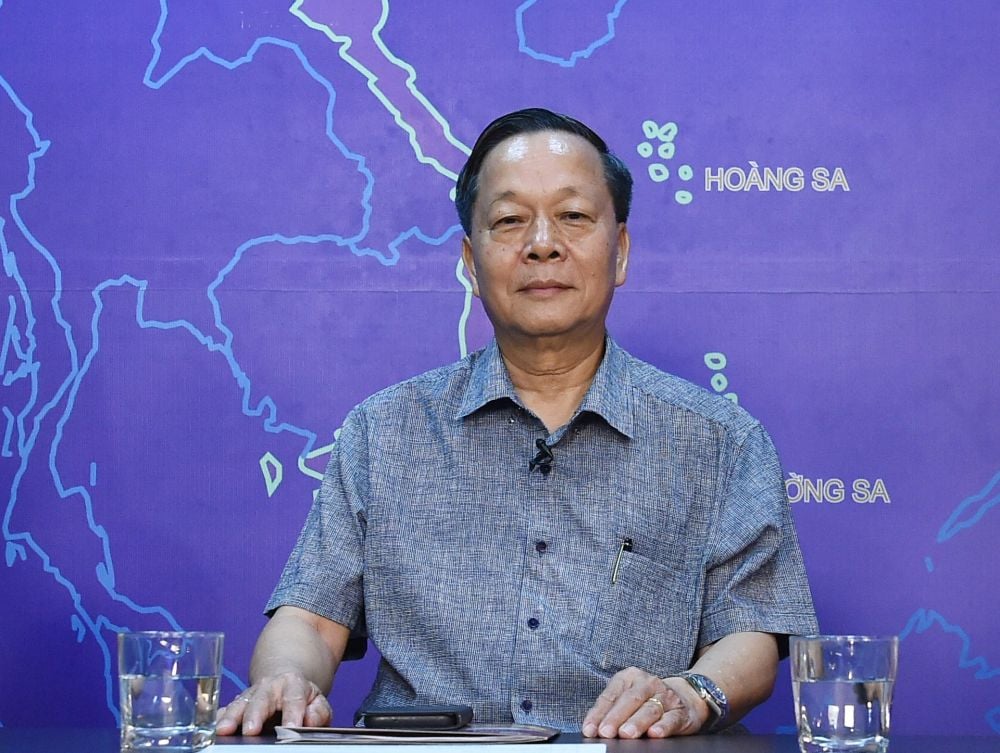 Lieutenant General, Professor, Dr. Nguyen Xuan Yem emphasized that it is time for the university education system to undergo strong reform - Photo: VGP/Thu Trang
Lieutenant General, Professor, Dr. Nguyen Xuan Yem emphasized that it is time for the university education system to undergo strong reform - Photo: VGP/Thu Trang
Undeniable achievements
After 80 years of founding the country, especially 40 years of renovation and more than 10 years of implementing Resolution No. 29-NQ/TW dated November 4, 2013 on fundamental and comprehensive renovation of education and training, Vietnam has achieved many important achievements. Expanding the scale, improving the quality of training, strengthening international integration, innovating the curriculum and linking training with the labor market are the highlights.
Higher education has made an important contribution to improving people's knowledge, developing human resources, nurturing talents, and making practical contributions to socio-economic development. Many universities have implemented high-quality programs that meet international standards, especially in the fields of science, technology, engineering, medicine, security and defense. International cooperation has also been promoted through the exchange of lecturers, students and joint research.
However, Lieutenant General Yem warned that the current education system still has many limitations and shortcomings, requiring breakthrough innovation.
Limitations and paradoxes of Vietnamese higher education
According to Lieutenant General, Professor, Dr. Nguyen Xuan Yem, currently, the Vietnamese education system operates like an upside-down pyramid. While preschool and general education need to be universal for all children, with a network of schools covering every village and hamlet, many urban areas, industrial parks, export processing zones and even Hanoi and Ho Chi Minh City are lacking schools, classes and teachers. On the contrary, university education - which needs to be lean, compact and strong - is developing in quantity, leading to many schools lacking good lecturers, few students, inadequate facilities and low training quality.
There are currently more than 260 higher education institutions nationwide, not including schools in the defense and security sector. Of these, 171 are under the central ministries and branches, 26 are under the People's Committees of provinces and cities, and 77 are private institutions. The expansion has created opportunities for many classes of people to access universities, while promoting competition between schools. However, the lack of quality control has led to many graduates not being able to find jobs, forcing some schools to merge, dissolve, or change their training methods. This situation is especially evident in the three majors of pedagogy, law, and medicine.
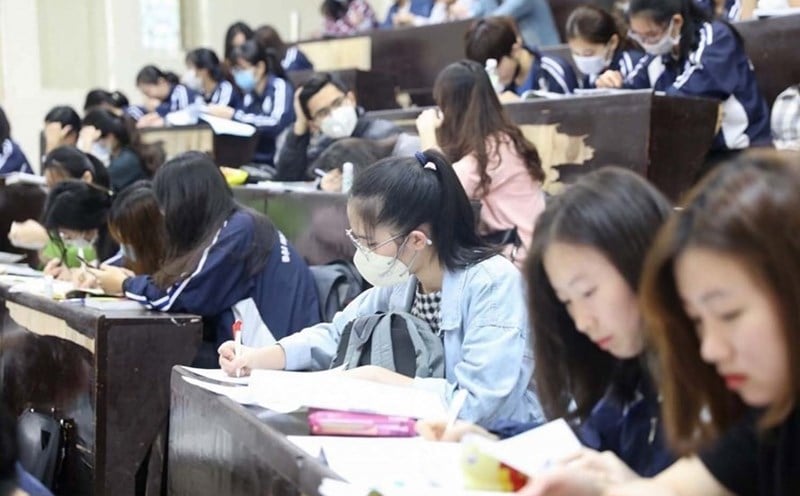 The education sector currently has 103 training institutions.
The education sector currently has 103 training institutions.
The pedagogical sector – considered the “main machine” of the education system – currently has 103 training institutions, including specialized pedagogical universities, multidisciplinary universities, academies and pedagogical colleges. Despite the large number, the distribution is scattered, not effectively connected; enrollment is difficult, training content is not linked to practice, practice time is limited, while the policy to attract learners is not attractive enough.
The law industry is also growing rapidly, with 79 undergraduate training institutions, of which 28 are non-public. Many multidisciplinary schools only train a few dozen students per year, lacking textbooks and permanent lecturers, leading to uneven quality. At the master's level, 19 non-public institutions participate in training, accounting for 48.7% of the total number of master's institutions, but the scale is only 1,439 students, equivalent to 17.4% of the total number of students. The law training program does not focus on practice, the separation of undergraduate training and legal training leads to a lack of connectivity and standardization.
In the medical field, the country has about 30 schools training general practitioners, mainly distributed in the North and Central regions (19 schools), and the South (11 schools). The number of doctors graduating from school will increase from about 8,000/year 2015-2016 to about 10,000/year 2023.
Economics and management majors mainly train in one major, while social and business needs require multi-disciplinary knowledge and high technology applications. Graduates are often bewildered by reality, have difficulty adapting and finding jobs, partly because the program focuses on skills to get rich, and does not pay attention to preventing economic violations and mistakes.
Besides training, university administration is still weak: the authority of the Principal/Director is not sufficient; the facilities are not closely linked to scientific research, there is a lack of centers, research institutes and strong international research groups. School security and order are not focused on, non-traditional risks such as school violence, bad culture and law violations are complicated. Facilities are still lacking or degraded; socialization of education is not effective; financial resources are limited. Only a few schools such as Hanoi National University, Ho Chi Minh City National University, Hanoi University of Science and Technology, FPT University, People's Police Academy, Army Academy have beautiful campuses and modern facilities, but they are still very few compared to the demand.
In general, the Vietnamese university system is developing in an unsynchronized manner in terms of quality, with unreasonable distribution, and is not linked to scientific research and social practice. The above issues are urgent requirements to improve the quality of university education, meeting the demand for high-quality human resources in the new era.
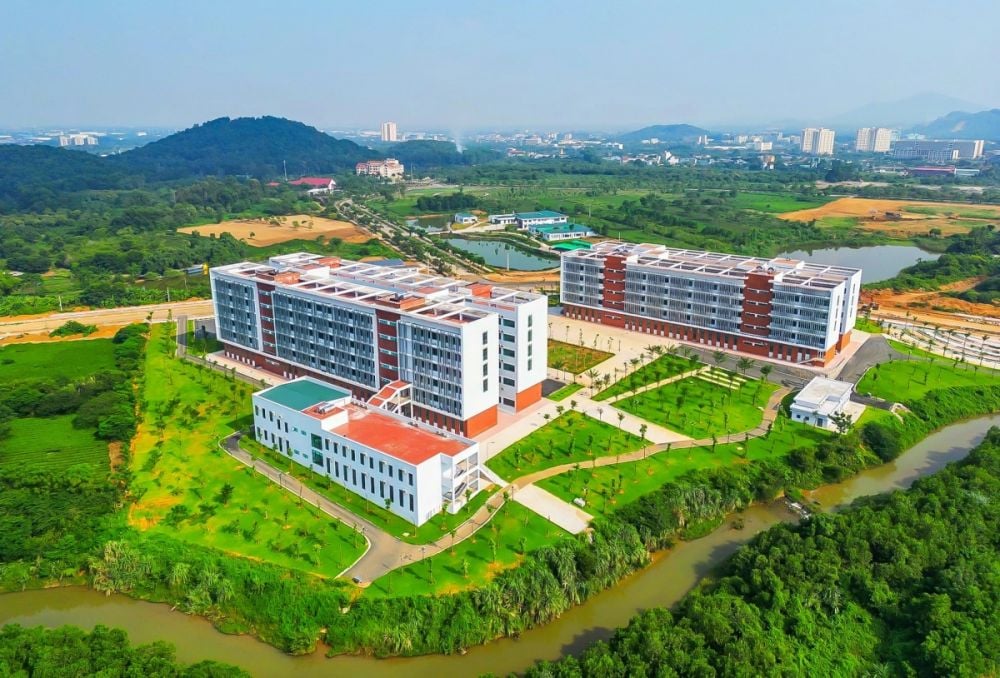 Hanoi National University campus in Hoa Lac.
Hanoi National University campus in Hoa Lac.
International experience in university restructuring
Mergers and restructuring of higher education institutions are not new in the world. China carried out a strong merger wave in the period 1996-2001, when 385 higher education institutions were merged into 164 institutions. This wave peaked in 2000, when 203 institutions merged into 79 institutions through 105 mergers, creating key universities with international brands, solving the problem of fragmentation and dispersion of resources and enhancing competitiveness. Japan and South Korea also implemented similar restructuring programs, aiming to increase specialization, improve governance and effectively exploit resources.
International experience shows that university mergers bring three main benefits: first, forming comprehensive universities, promoting interdisciplinary teaching and research, improving the quality of learning and scientific research; second, strengthening the role of local authorities in management and funding, helping universities to be more closely linked to the socio-economic development needs of the region; third, improving the capacity to attract talent and promote regional economic development, while increasing international competitiveness.
A typical example is the merger of Shanghai Medical University into Fudan University in 2000. Before the merger, Fudan was a national key university in many fields, but lacked a medical major. After the merger, the ratio of postgraduate students to undergraduate students increased from 46% in 1998 to 62% in 2001, research productivity and international funding increased significantly, and the number of international publications also increased sharply, bringing Fudan closer to its goal of becoming a world-class educational institution.
Proposal to restructure Vietnam's higher education
Lieutenant General Nguyen Xuan Yem emphasized that Vietnam's higher education needs a strong shift from a fragmented, decentralized model to a multi-layered, streamlined and efficient system. According to him, the formation of large universities with elite roles, regional and local universities, and specialized universities such as the Police, Army, Procuracy or Court is extremely necessary. Each type of university needs to undertake a clear mission: elite universities focus on doctoral training and in-depth research; regional universities serve the training of human resources for a large region; local universities mainly train human resources for provinces and cities; specialized universities are responsible for specialized training for each force. Lieutenant General Yem affirmed that merging small, weak, single-major training facilities into large universities will help concentrate resources, improve training quality, and at the same time dissolve unqualified schools, aiming to reduce the current number of facilities from 264 to about 100-130.
To realize this model, Lieutenant General Yem emphasized the importance of university autonomy along with strict governance. The principal or director of the university must be given the highest authority and be responsible for all activities of the school. The People's Police Academy is a typical example, where the director is both the Party Secretary and has full authority to decide on activities, promote socialized resources and international cooperation. According to him, clearly separating state management rights and university autonomy will help universities be both flexible in training and transparent in governance.
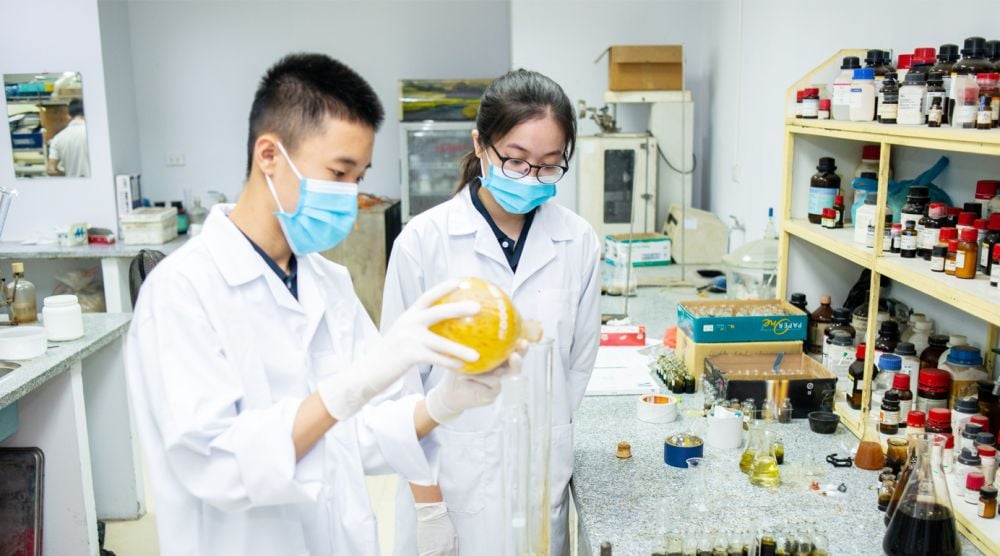 It is necessary to set goals to modernize universities and develop strong research institutes and research groups.
It is necessary to set goals to modernize universities and develop strong research institutes and research groups.
Lieutenant General Yem also set a goal of modernizing universities and developing strong research institutes and research groups. He proposed modernizing programs, facilities and human resources, international accreditation, applying digital technology and artificial intelligence, and focusing on developing key industries such as information technology, cyber security, mechanical engineering, automobiles, nuclear power, and food technology. Major universities need to become national key research centers, moving towards a smart school model and committing to zero net emissions.
Finally, Lieutenant General Yem emphasized the importance of international cooperation in higher education. He proposed developing university models associated with foreign countries such as Vietnam-Germany, Vietnam-Japan, Vietnam-France, RMIT Vietnam, and attracting international scientists to teach and cooperate in research. According to him, creating conditions for international universities to set up branches in Vietnam and forming joint research centers will help raise the level of Vietnamese higher education, aiming to train high-quality human resources to meet the requirements of the new era.
Overall, Lieutenant General Yem sent the message that Vietnam's higher education needs to be "restructured" in the direction of streamlining, modernity, autonomy and international integration, while clearly stratifying and strengthening governance, to train generations of elite human resources to meet the country's development requirements.
According to baochinhphu.vn
Source: https://baocamau.vn/ve-lai-ban-do-giao-duc-dai-hoc-viet-nam-yeu-cau-cap-bach-cua-ky-nguyen-moi-a123043.html



![[Photo] Discover unique experiences at the first World Cultural Festival](https://vphoto.vietnam.vn/thumb/1200x675/vietnam/resource/IMAGE/2025/10/11/1760198064937_le-hoi-van-hoa-4199-3623-jpg.webp)




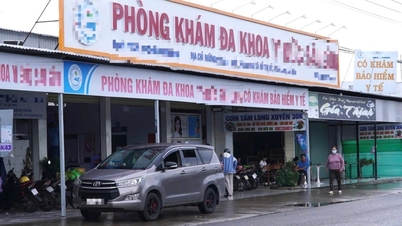

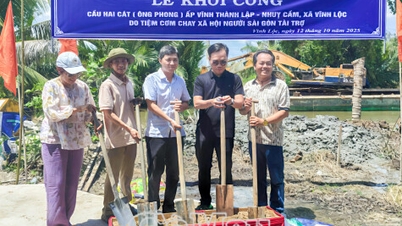
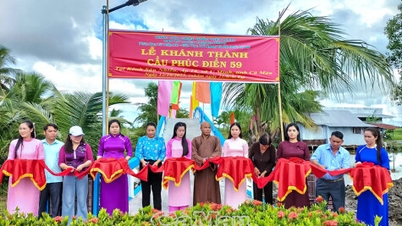


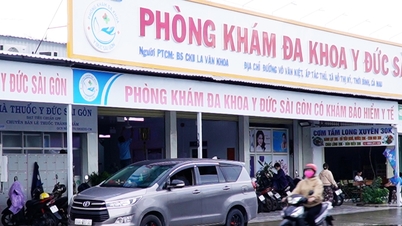

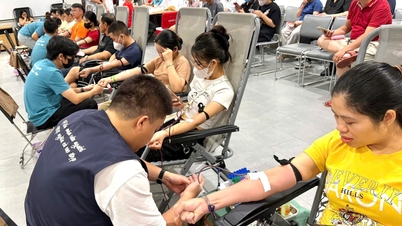

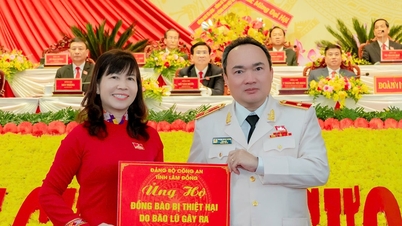

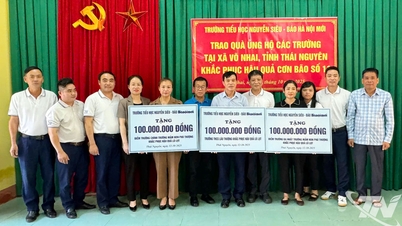

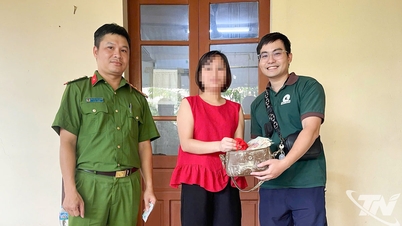
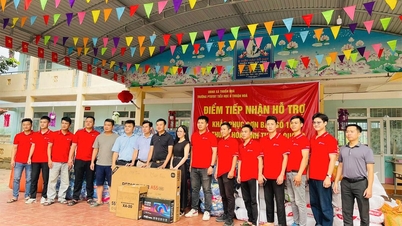

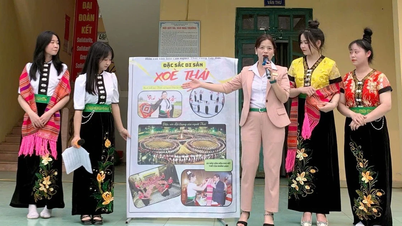









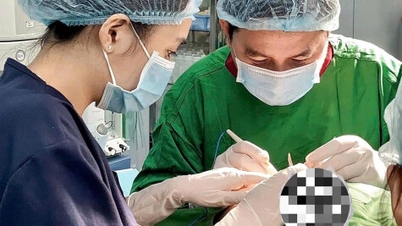

![[Photo] General Secretary attends the parade to celebrate the 80th anniversary of the founding of the Korean Workers' Party](https://vphoto.vietnam.vn/thumb/1200x675/vietnam/resource/IMAGE/2025/10/11/1760150039564_vna-potal-tong-bi-thu-du-le-duyet-binh-ky-niem-80-nam-thanh-lap-dang-lao-dong-trieu-tien-8331994-jpg.webp)




























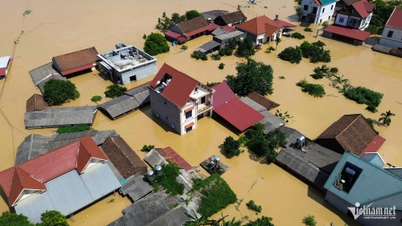

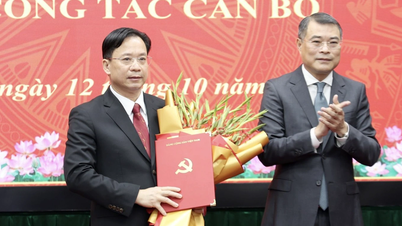



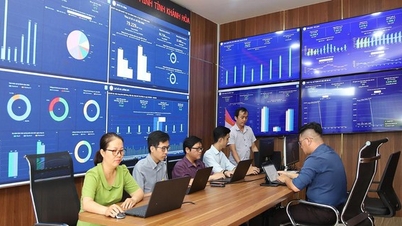

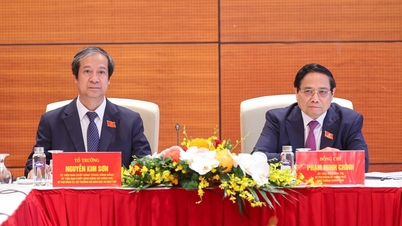

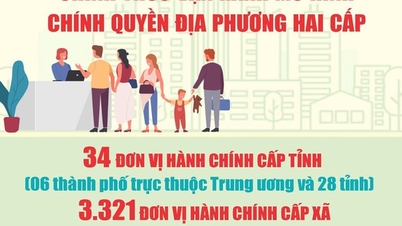
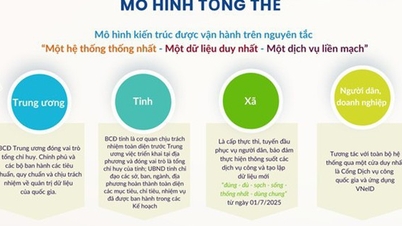
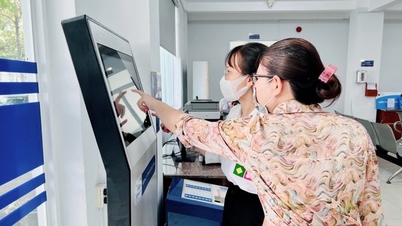
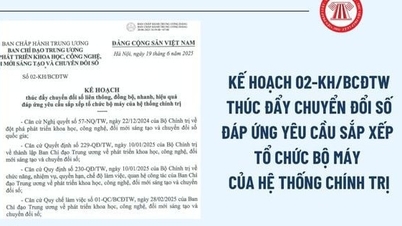
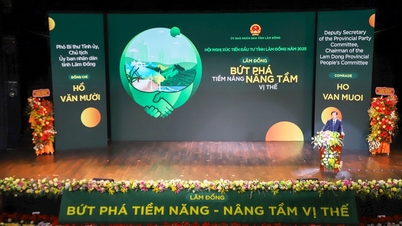
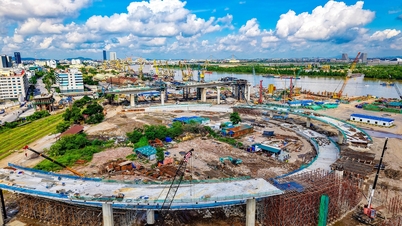
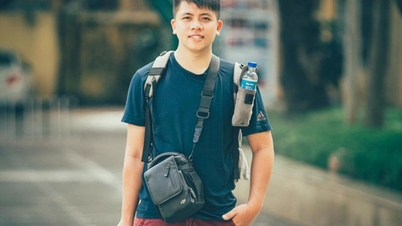


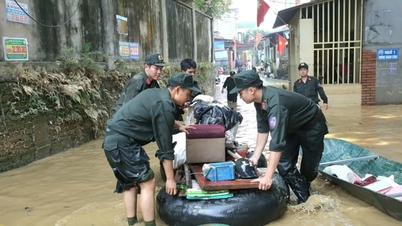















Comment (0)